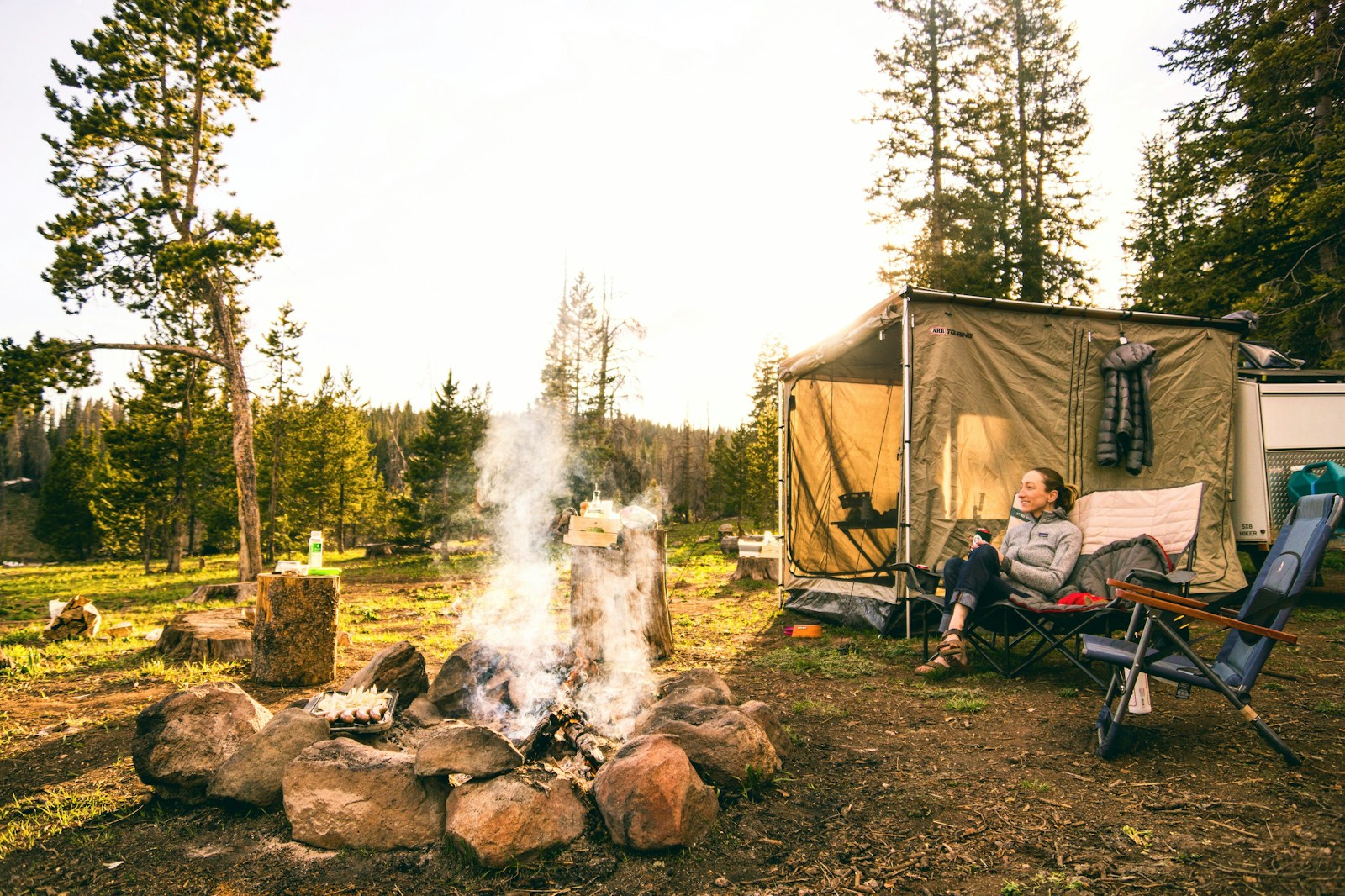Camping offers families a unique opportunity to escape the hustle and bustle of everyday life and reconnect with nature and each other. The crackling campfire, starry night skies, and fresh outdoor air create perfect settings for making lasting memories. But finding the right campground that caters to families with children of all ages can be challenging. From amenities like clean restrooms and playgrounds to considerations about safety and activities, family-friendly campgrounds have specific features that set them apart. In this comprehensive guide, we’ll explore some of the best campgrounds across the United States that have earned reputations as exceptional destinations for family camping adventures, along with tips for making your outdoor experience memorable and enjoyable for everyone.
What Makes a Campground Family-Friendly?
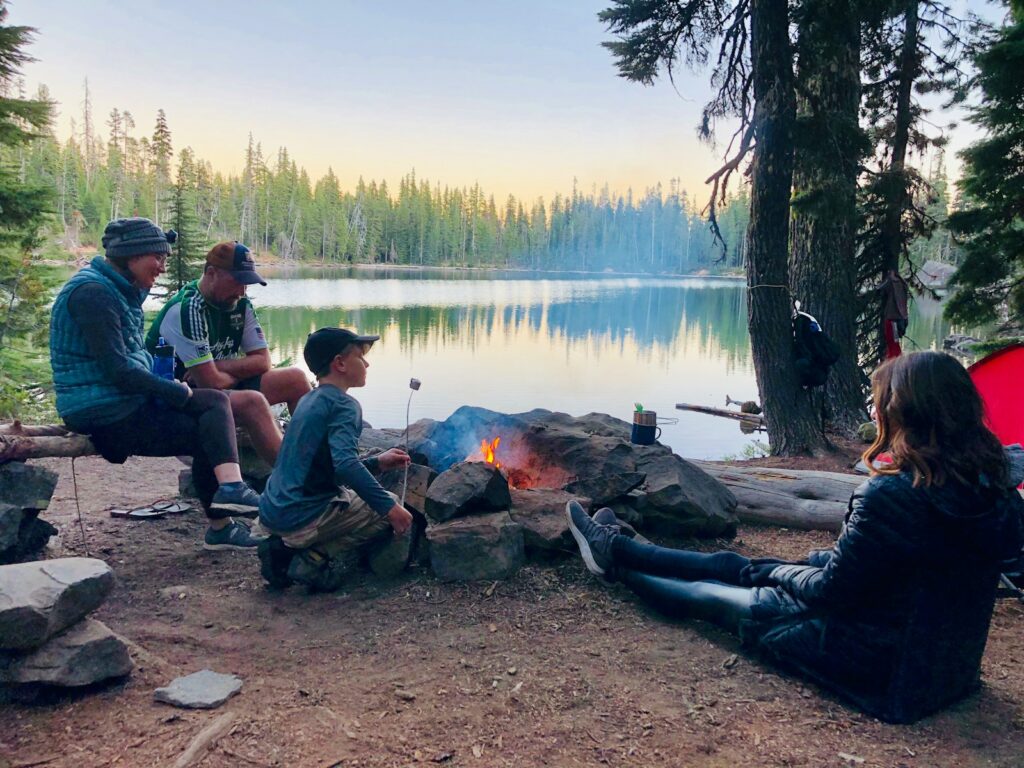
Family-friendly campgrounds go beyond just providing a place to pitch a tent; they create environments where children and adults alike can feel comfortable, safe, and engaged. The best family campgrounds offer clean, accessible restrooms with shower facilities, which is particularly important when camping with younger children. They typically feature spacious campsites with enough room for multiple tents or a larger family RV, plus space for kids to play safely. Educational programming, ranger-led activities, and interpretive centers that help children learn about nature are hallmarks of top family campgrounds. Additionally, these campgrounds often provide amenities like playgrounds, swimming areas with lifeguards, bike trails appropriate for different skill levels, and game rooms or activity centers for rainy days.
Yosemite National Park Campgrounds, California
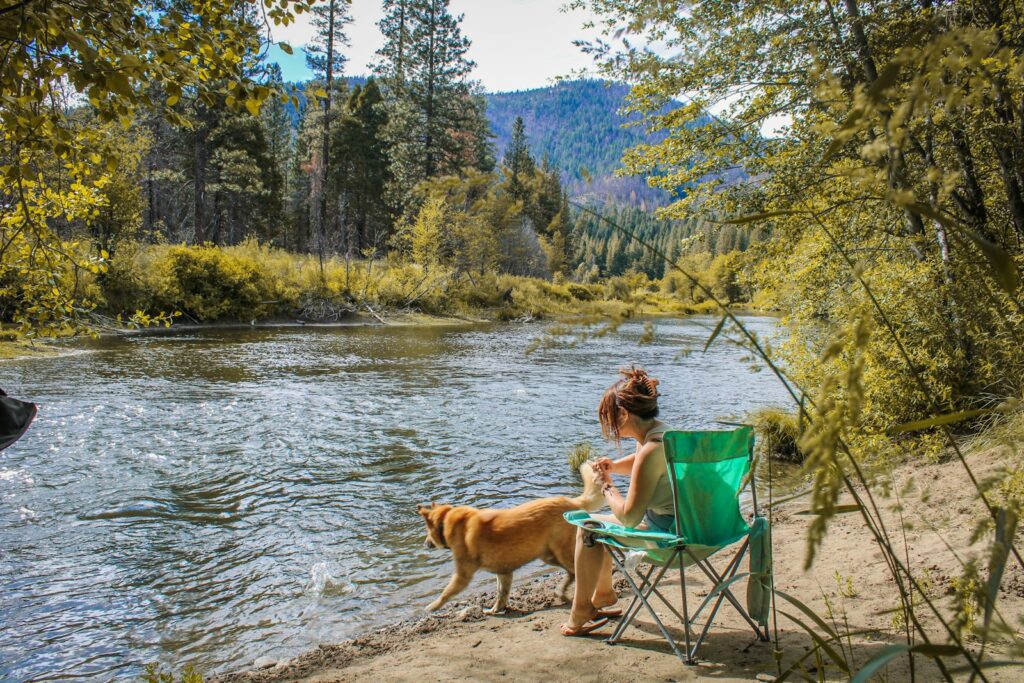
Yosemite National Park offers some of the most spectacular family camping experiences with its breathtaking landscapes of towering waterfalls, ancient sequoias, and iconic granite cliffs. Lower Pines, North Pines, and Upper Pines campgrounds provide centrally located options in Yosemite Valley, putting families within walking distance of visitor centers, restaurants, and easy hiking trails. The Junior Ranger program at Yosemite is exceptional, offering children aged 7-13 educational activities that help them connect with and understand the natural environment. Evening campfire programs run by park rangers feature storytelling, natural history presentations, and interactive learning experiences that captivate both children and adults. Though reservations can be competitive (available up to five months in advance), the park’s family-friendly amenities, including clean restrooms, bear-proof food storage, and access to the free shuttle system, make it worth planning ahead.
Fort Wilderness Resort & Campground, Walt Disney World, Florida
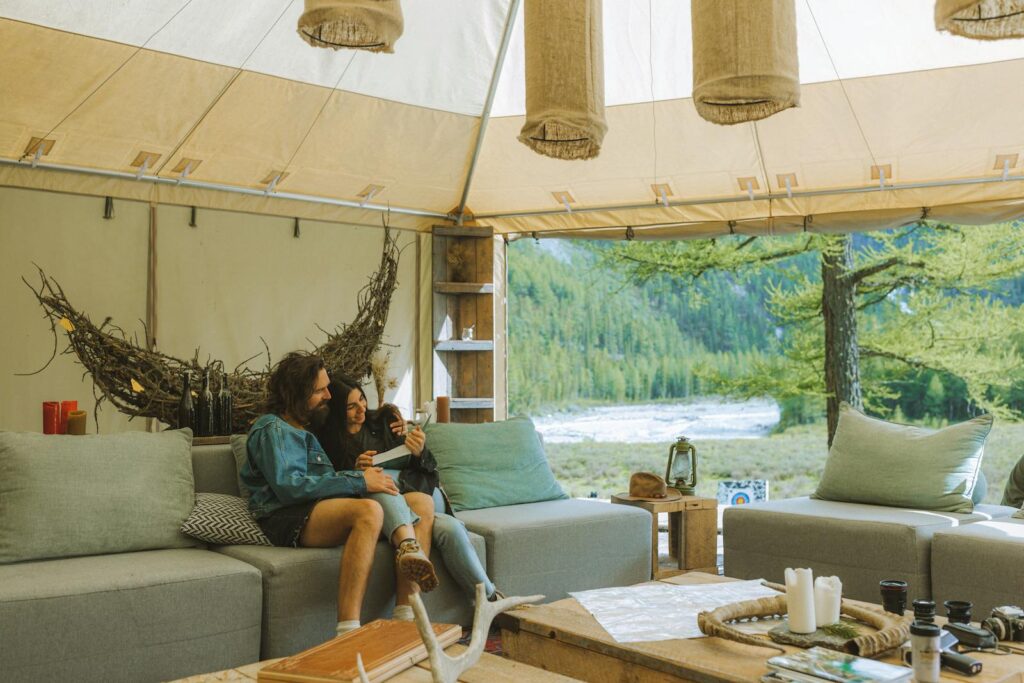
Disney’s Fort Wilderness Resort & Campground offers a unique blend of natural camping experience and proximity to Disney magic, making it one of the most sought-after family camping destinations in the country. Set on 750 acres of pine and cypress forest, the campground provides spacious, private sites for tents and RVs with full hookups, picnic tables, and charcoal grills. Families can enjoy a remarkable range of activities including horseback riding, archery, fishing, swimming pools with water slides, and even character dining experiences at the on-site restaurant. The evening Chip ‘n’ Dale campfire sing-along, followed by an outdoor movie under the stars, creates magical memories for children. Fort Wilderness also offers convenient transportation to all Disney theme parks via boat or bus, allowing families to combine theme park adventures with the camping experience, though at a premium price compared to standard campgrounds.
Jellystone Park Camp-Resorts, Multiple Locations
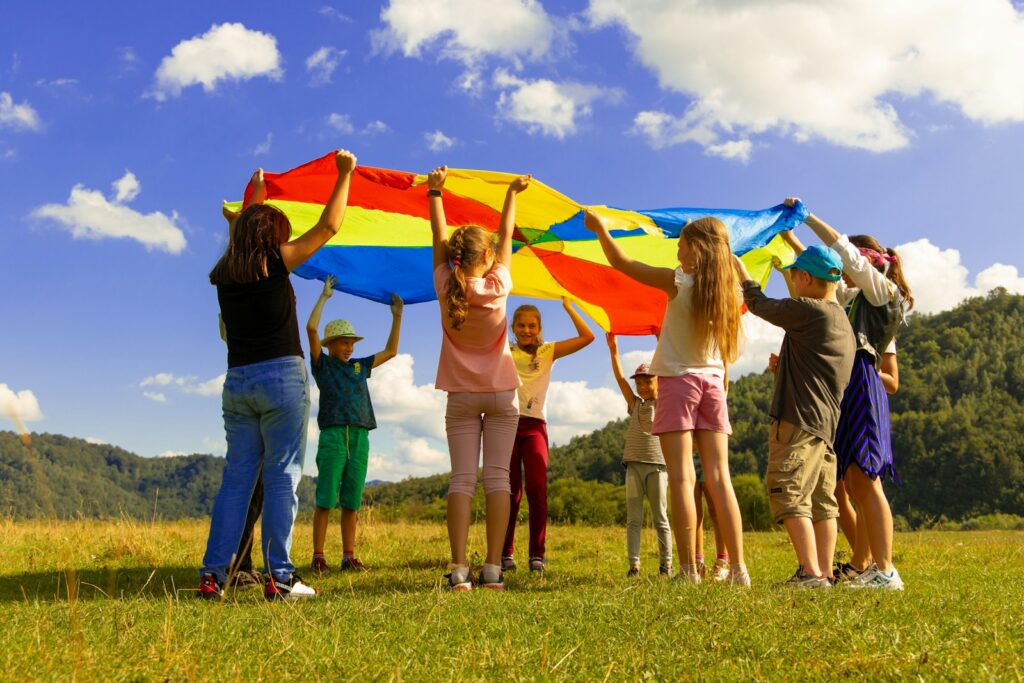
Yogi Bear’s Jellystone Park Camp-Resorts have built their entire brand around family-friendly camping experiences with over 75 locations throughout the United States and Canada. Each resort features Yogi Bear-themed activities and amenities, including splash parks, swimming pools with water slides, mini-golf courses, and jumping pillows that entertain children of all ages. The organized activities schedule keeps families engaged with arts and crafts sessions, wagon rides, scavenger hunts, and regular appearances by Yogi Bear and friends for meet-and-greets and photo opportunities. Accommodation options range from primitive tent sites to full RV hookups and deluxe cabin rentals, making Jellystone accessible to families with varying camping preferences and experience levels. While the atmosphere is more resort-like than wilderness camping, Jellystone parks excel at providing a safe, entertaining environment where parents can relax knowing their children have plenty of supervised activities to enjoy.
Cape Henlopen State Park, Delaware
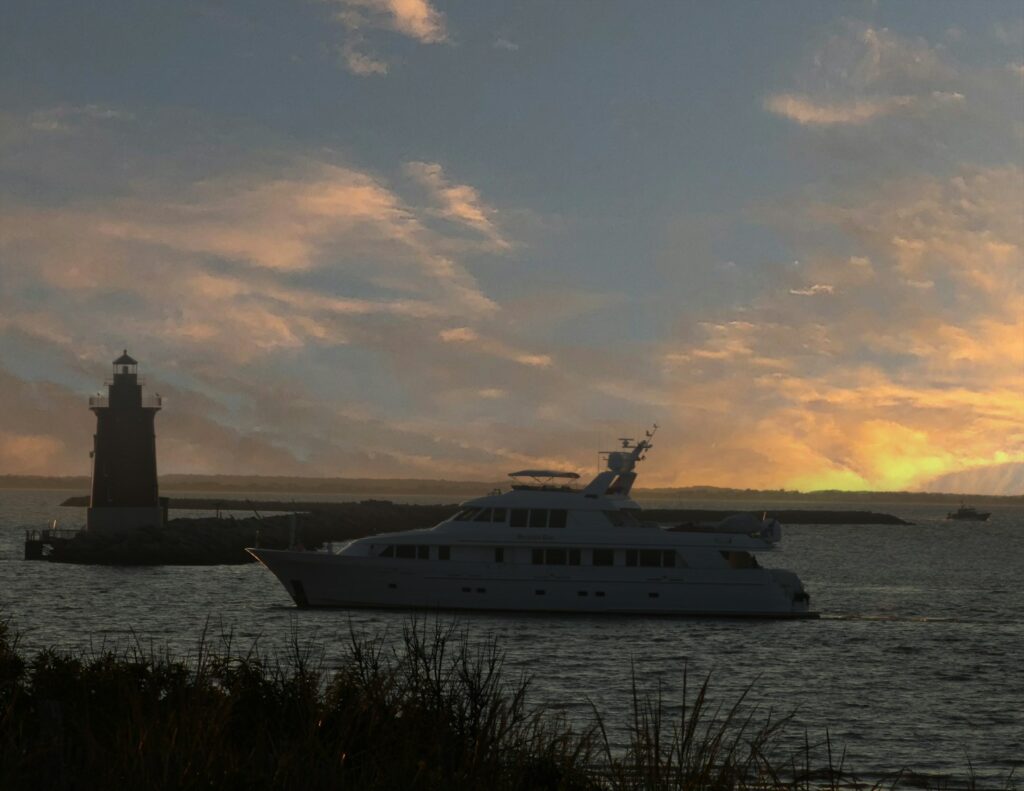
Cape Henlopen State Park offers the perfect blend of beach vacation and camping experience, with sites nestled among pine-covered dunes just a short walk from the Atlantic Ocean. The park’s campground features 139 sites with convenient amenities including clean bathhouses, a camp store, and a playground, making it comfortable for families with young children. What sets Cape Henlopen apart is its diverse recreational opportunities, from swimming and sunbathing on guarded beaches to fishing, kayaking, and crabbing in the Delaware Bay. The Seaside Nature Center provides hands-on educational experiences with touch tanks and live animal exhibits, while the Borrow-A-Bike program allows families to explore over 15 miles of scenic trails free of charge for two hours. The park’s World War II observation tower and Fort Miles Historical Area add an element of historical education to the trip, making Cape Henlopen an enriching destination that combines learning with outdoor fun.
Pictured Rocks National Lakeshore, Michigan
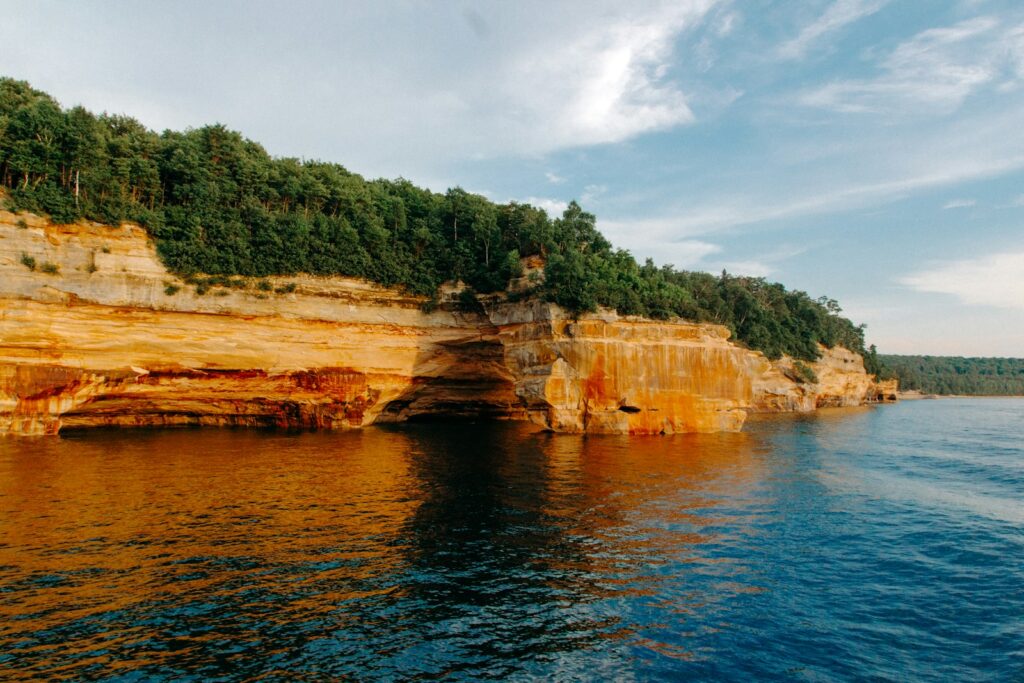
Pictured Rocks National Lakeshore along Lake Superior offers families a chance to camp amid some of the most stunning scenery in the Midwest, with colorful sandstone cliffs, sandy beaches, and crystal-clear waters. The park’s three developed campgrounds – Hurricane River, Little Beaver Lake, and Twelvemile Beach – provide rustic yet family-friendly camping with vault toilets, picnic tables, and fire rings, though without electrical hookups or shower facilities. Families can enjoy numerous kid-friendly hiking trails leading to waterfalls, scenic overlooks, and pristine beaches where children can hunt for colorful rocks and splash in the (chilly) waters of Lake Superior. The park’s Junior Ranger program offers activity booklets tailored to different age groups, encouraging children to learn about the unique geological features and ecosystems through hands-on exploration. Evening programs at the visitor center during summer months cover topics from local wildlife to the history of shipwrecks along the lakeshore, providing educational entertainment after a day of outdoor adventures.
Acadia National Park, Maine
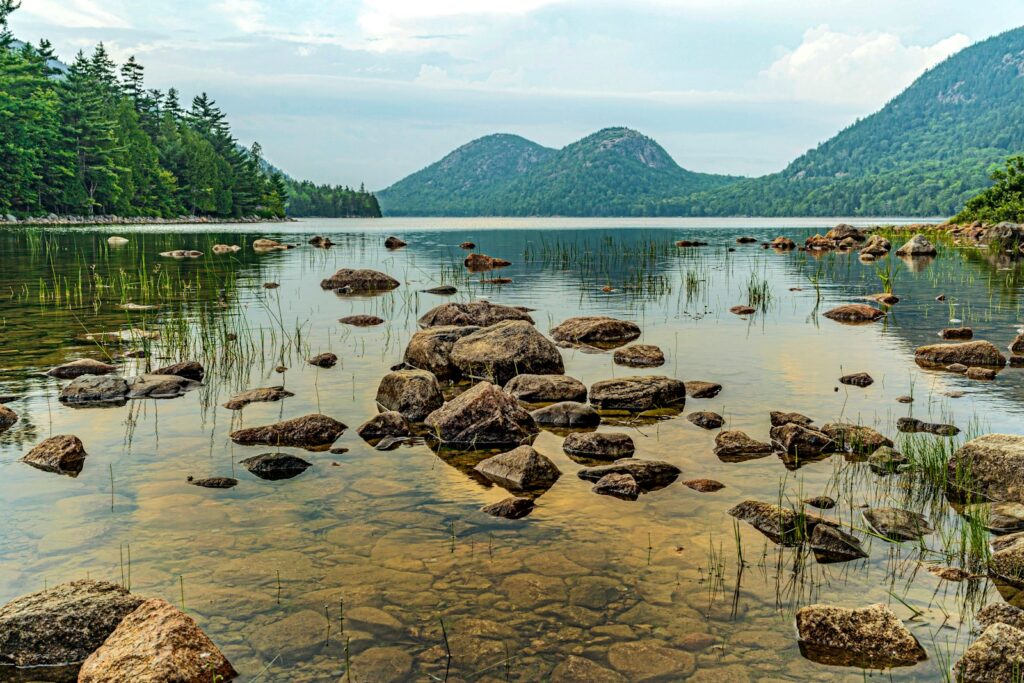
Acadia National Park offers family camping experiences with a perfect blend of mountain and coastal landscapes on Maine’s rugged Mount Desert Island. Blackwoods and Seawall campgrounds provide family-friendly facilities with flush toilets, drinking water, and fire rings, while the smaller Schoodic Woods campground on the mainland section offers a quieter experience with electric and water hookups for RVs. The Island Explorer shuttle system provides free transportation throughout the park and to nearby villages, eliminating parking concerns and making it easy for families to access popular sites like Sand Beach, Jordan Pond, and the summit of Cadillac Mountain. Children particularly enjoy tide pooling adventures, where they can discover sea stars, crabs, and other marine creatures during low tide along the rocky shore. The park’s 45 miles of carriage roads – car-free, crushed-stone pathways – create safe biking opportunities for all skill levels, including children just mastering two wheels.
Grand Canyon National Park, Arizona
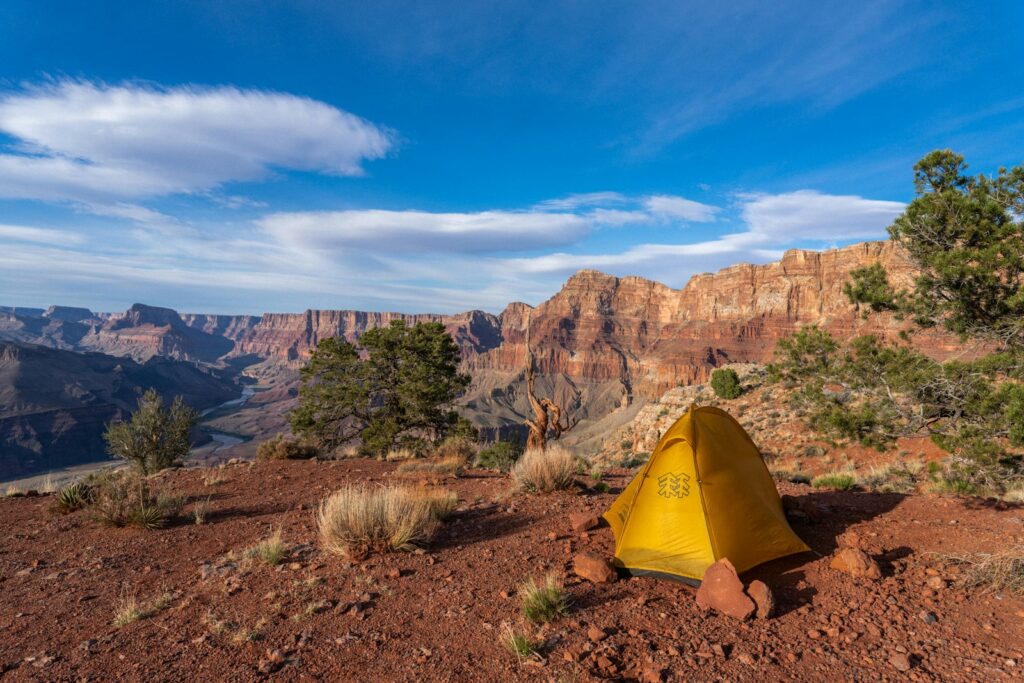
Camping at Grand Canyon National Park offers families an unforgettable experience at one of the world’s most awe-inspiring natural wonders, with options on both the South and North Rims. The South Rim’s Mather Campground provides family-friendly sites with access to restrooms, drinking water, and the free shuttle system that connects to visitor centers, hiking trails, and canyon viewpoints. The North Rim Campground, open seasonally from May to October, offers a quieter, less crowded experience at a higher elevation with cooler temperatures. Both locations feature excellent Junior Ranger programs designed to engage children with age-appropriate activities that help them understand the canyon’s geological and cultural significance. The park’s free ranger-led programs include fossil talks, geology discussions, and evening presentations about wildlife and night skies, all designed to be accessible and interesting for young visitors. Families should note that safety is paramount at the canyon’s edge, and parents must supervise children closely on trails and at viewpoints.
Assateague Island National Seashore, Maryland/Virginia
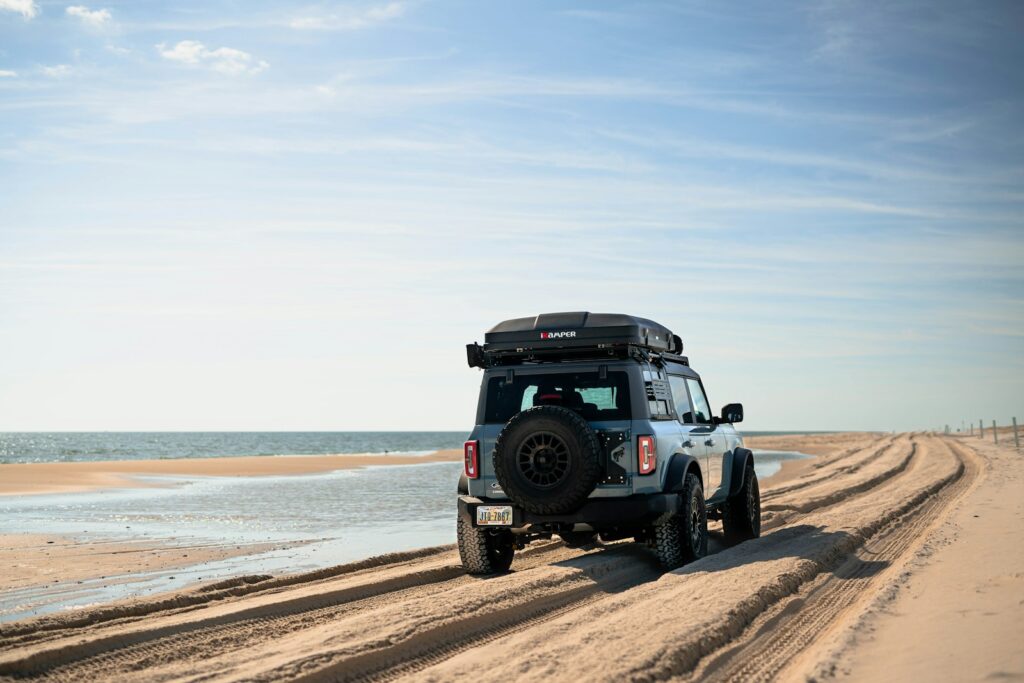
Assateague Island National Seashore offers a truly unique family camping experience where children can wake up to the sight of wild horses roaming freely through the campground. The Maryland side of the island features two developed campgrounds – Oceanside and Bayside – with sites available for reservation up to six months in advance, offering basic amenities including cold-water showers, chemical toilets, and drinking water. Families can enjoy direct beach access for swimming, beachcombing, and building sandcastles, while the calmer bayside waters are perfect for kayaking, canoeing, and observing wildlife like herons, egrets, and the famous Assateague wild ponies. The park’s “Pony Patrol” volunteer program helps educate visitors about maintaining a safe distance from the wild horses, turning potential safety concerns into learning opportunities for children. Evening programs at the amphitheater cover topics from marine biology to the island’s constantly changing landscape, engaging children’s curiosity about this dynamic barrier island ecosystem.
Hocking Hills State Park, Ohio
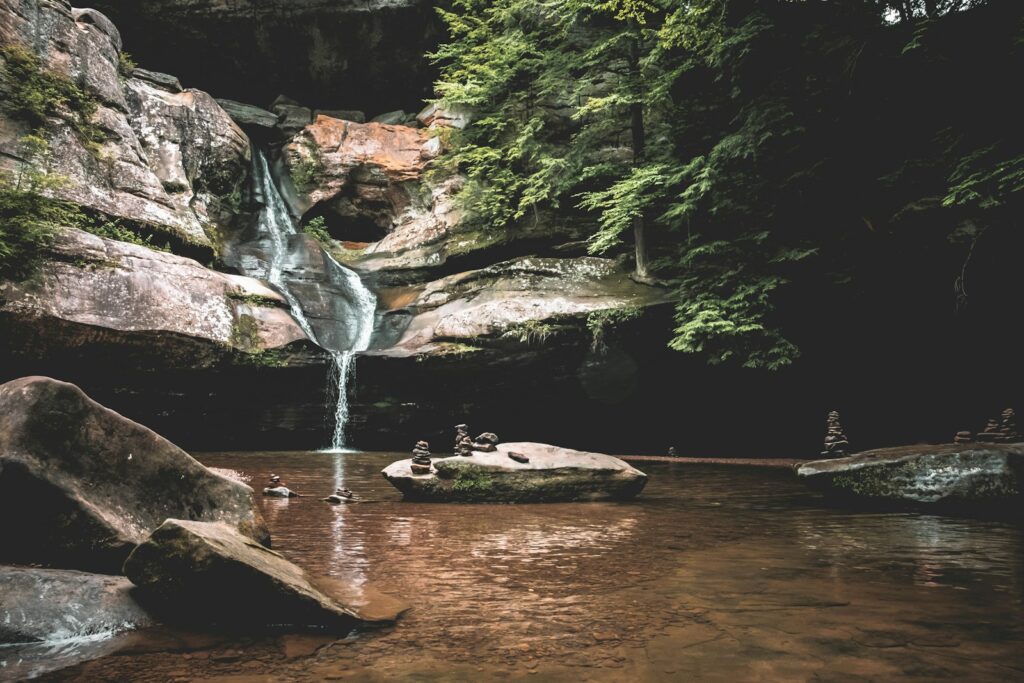
Hocking Hills State Park in southeastern Ohio may not have the name recognition of some national parks, but its family-friendly campground and magical landscape of sandstone caves, waterfalls, and hemlock-filled gorges make it a perfect destination for families seeking natural wonder without long-distance travel. The campground offers 156 sites, some with electrical hookups, along with clean shower houses, flush toilets, and a camp store for forgotten supplies. The well-maintained hiking trail system includes many easy routes suitable for young children, leading to fascinating features like Old Man’s Cave, Ash Cave, and Cedar Falls, where kids can wade in shallow stream pools during summer months. The park’s naturalist programs include guided night hikes, animal encounters, and crafting activities specifically designed to engage children with the natural environment. For families seeking additional adventure, the park is surrounded by outfitters offering zipline canopy tours, rock climbing experiences, and canoe rentals on nearby lakes – all with options suitable for children as young as 5 or 6 years old.
Gulf State Park, Alabama
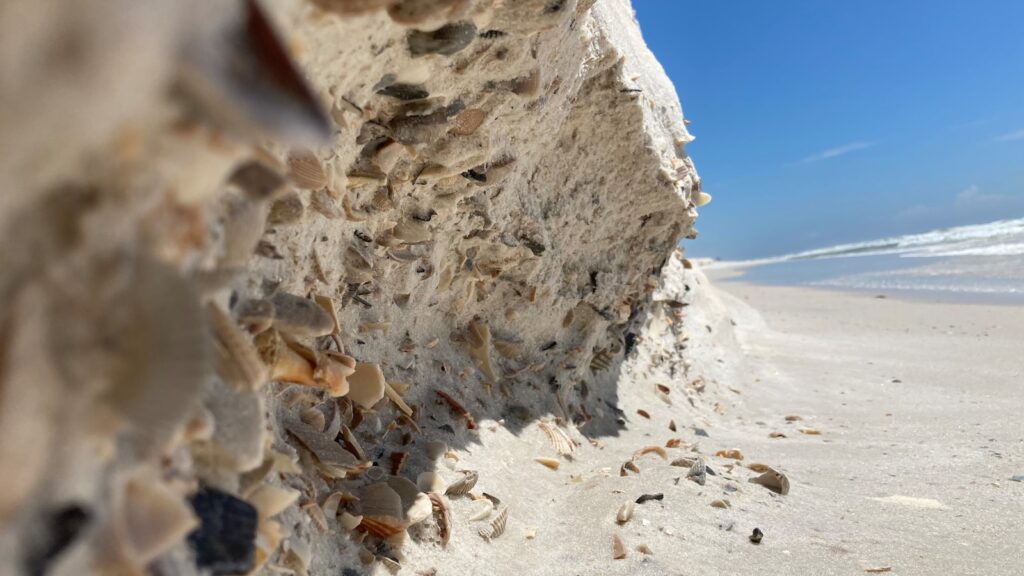
Gulf State Park in Alabama offers an exceptional family camping experience that combines the amenities of a resort with the natural beauty of the Gulf Coast. The campground features nearly 500 improved campsites with full hookups, paved pads, picnic tables, and access to modern bathhouses with laundry facilities – amenities particularly appreciated by families. The park’s location provides easy access to white sandy beaches along the Gulf of Mexico, where children can build sandcastles, hunt for shells, and splash in the warm waters under the watchful eyes of seasonal lifeguards. Beyond the beach, families can explore over 28 miles of paved multi-use trails through nine distinct ecosystems via bike (rentals available on-site) or enjoy the interactive exhibits at the park’s Nature Center, which offers daily educational programs and animal encounters. The park’s large pool complex with splash pad provides a freshwater swimming alternative when children need a break from sand and saltwater, making Gulf State Park a destination where families can comfortably stay for extended vacations.
Tips for Successful Family Camping
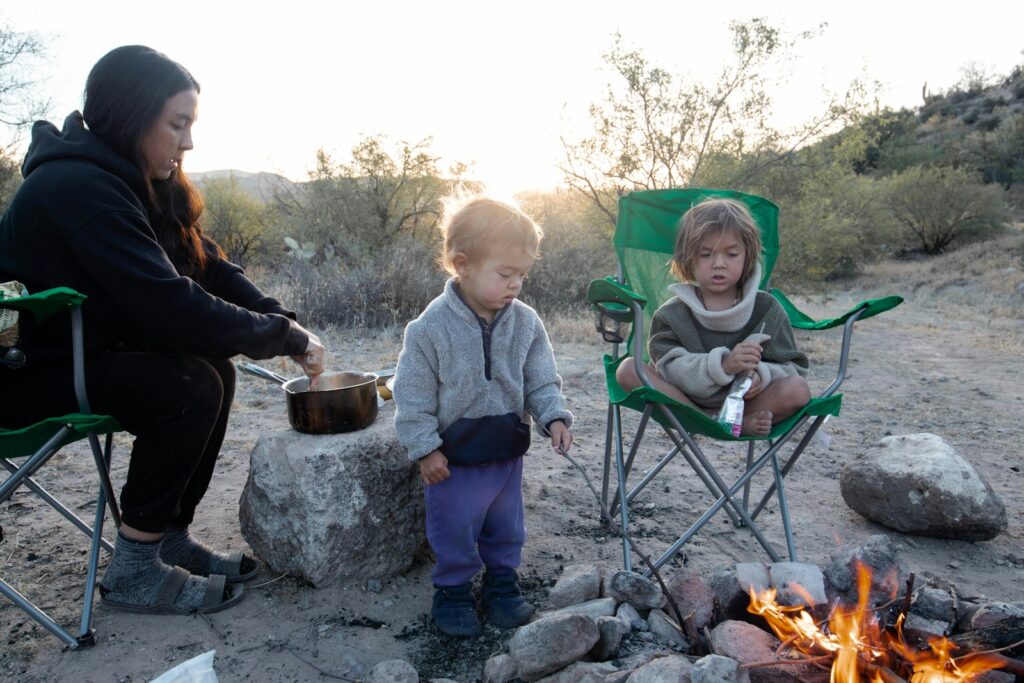
Successful family camping starts with thorough preparation, especially when younger children are involved. Create a detailed packing list categorized by sleeping, cooking, clothing, and activities to ensure you don’t forget essentials like adequate lighting, first aid supplies, and weather-appropriate gear. When camping with children, maintain familiar routines where possible – pack favorite stuffed animals for bedtime and plan meals that include some favorite foods alongside camping classics like s’mores. Involve children in age-appropriate camping responsibilities, such as gathering kindling, setting the table, or helping pitch tents, which builds their sense of ownership and camping skills. Plan a mix of structured activities and free exploration time; bring card games, field guides for identifying plants and animals, and simple craft supplies for rainy days, but also allow plenty of unscheduled time for children to discover natural play opportunities like building stick forts or skipping stones across lakes.
Making Camping Affordable for Families
Family camping remains one of the most affordable vacation options available, but costs can add up without careful planning. Consider investing in an America the Beautiful Pass ($80 annually) if you plan to visit multiple national parks or federal recreation areas, as it covers entrance fees for the entire family. State park systems often offer their own annual passes that provide significant savings for frequent campers, while some states have “passports” that encourage families to visit different parks throughout the year with incentives or discounts. Camping during shoulder seasons (late spring or early fall) can significantly reduce costs while still offering comfortable weather and the added benefits of smaller crowds and greater wildlife viewing opportunities. Equipment costs can be managed by starting with budget-friendly basics and upgrading gradually, borrowing gear from friends, or utilizing rental programs offered by outdoor retailers like REI. Many campgrounds offer significant discounts for longer stays, making a week-long camping trip potentially less expensive than several weekend outings when factoring in travel costs.
Family camping creates opportunities for shared adventures that strengthen bonds and build resilience in children away from the distractions of screens and scheduled activities. The best family-friendly campgrounds balance natural beauty with practical amenities, educational opportunities with pure fun, and safety with the freedom to explore. Whether you choose the dramatic landscapes of national parks, the themed entertainment of private resorts, or the accessible beaches of state parks, the key to successful family camping lies in matching the destination to your family’s experience level and interests. By preparing thoroughly, embracing the unpredictability of outdoor adventures, and focusing on the shared experience rather than perfection, camping vacations can become cherished traditions that children carry into their own families in years to come. As the campfire embers cool and the stars brighten overhead, the true value of family camping becomes clear – it’s not about the facilities or even the scenery, but the uninterrupted time together in the embrace of the natural world.

